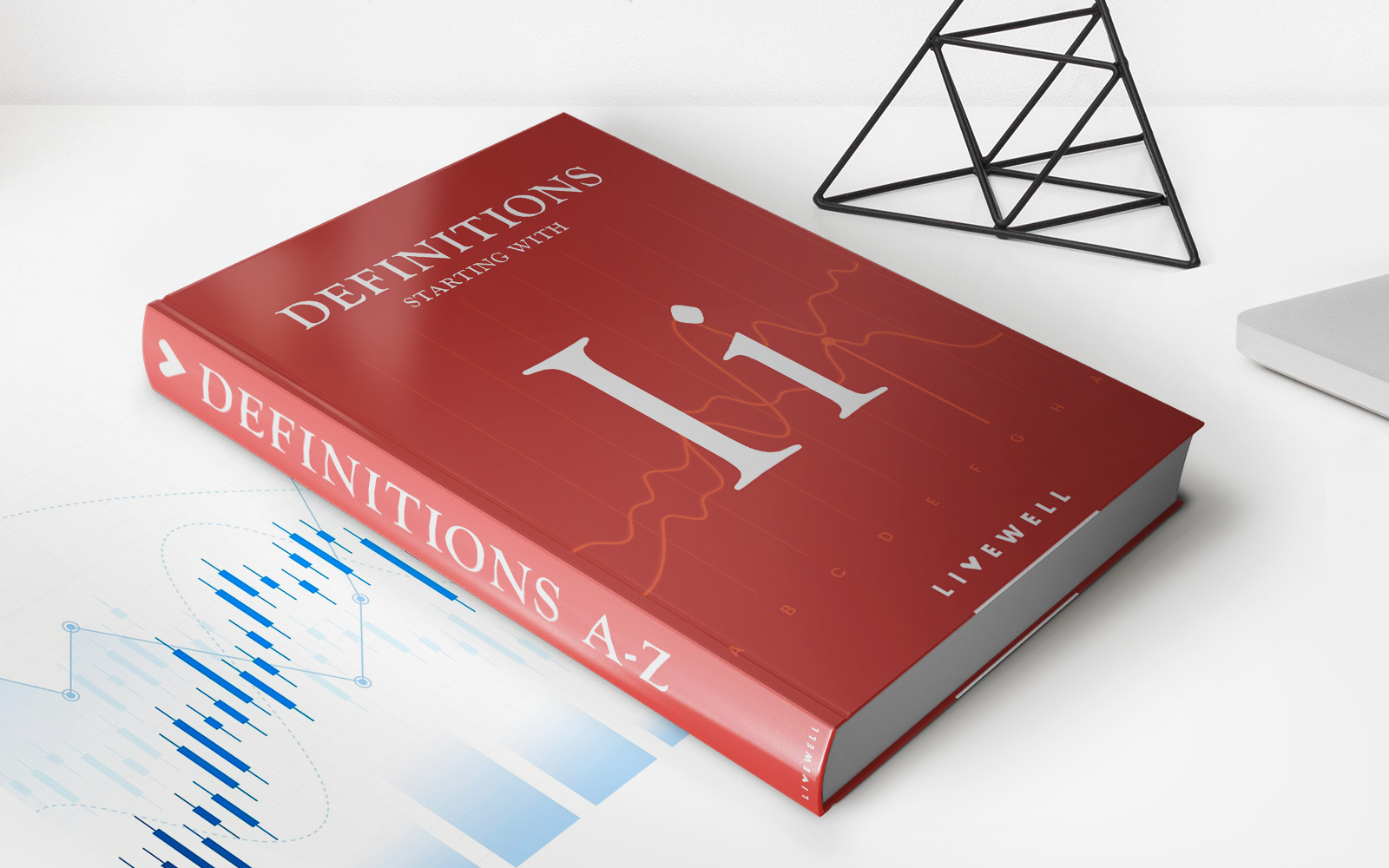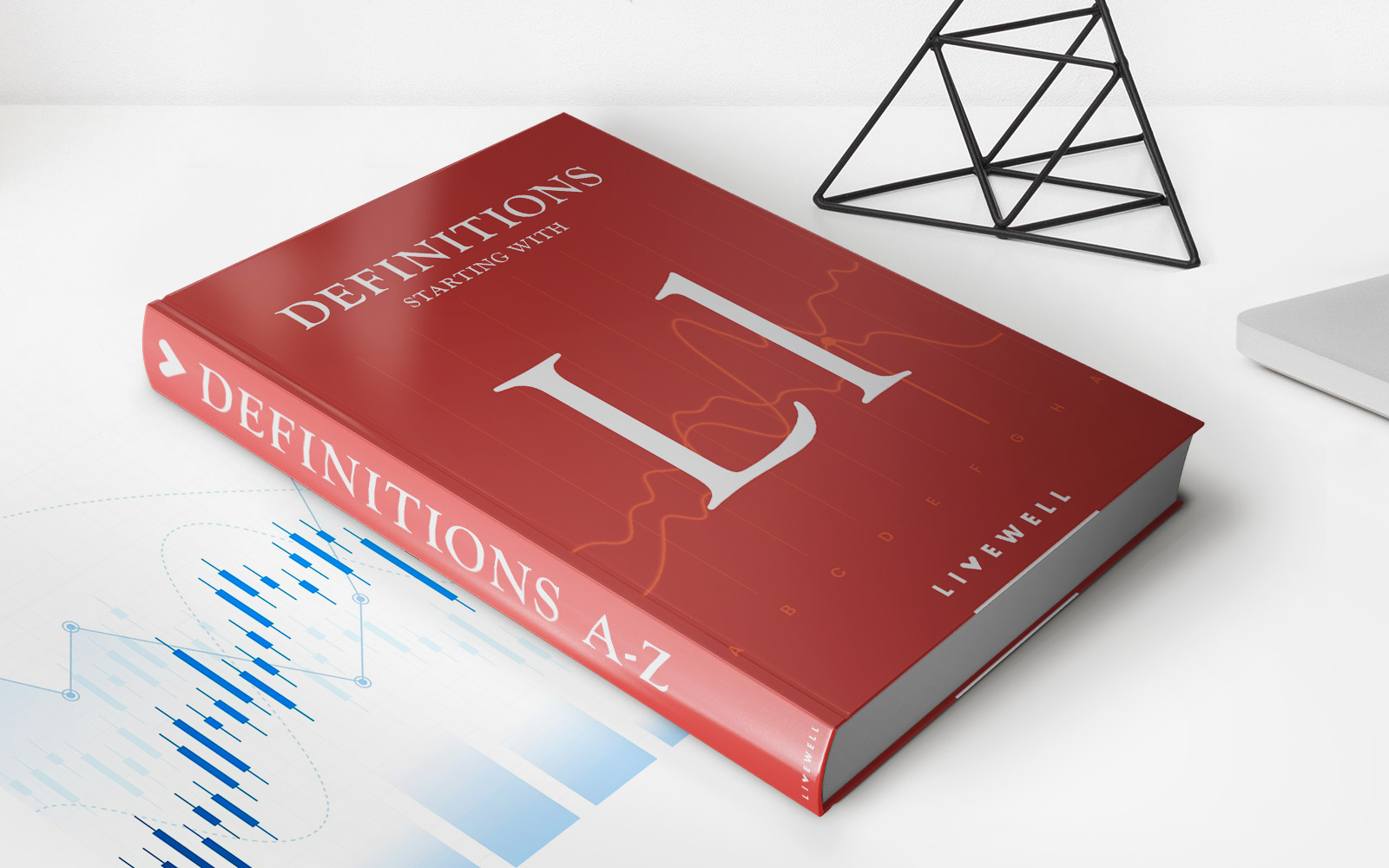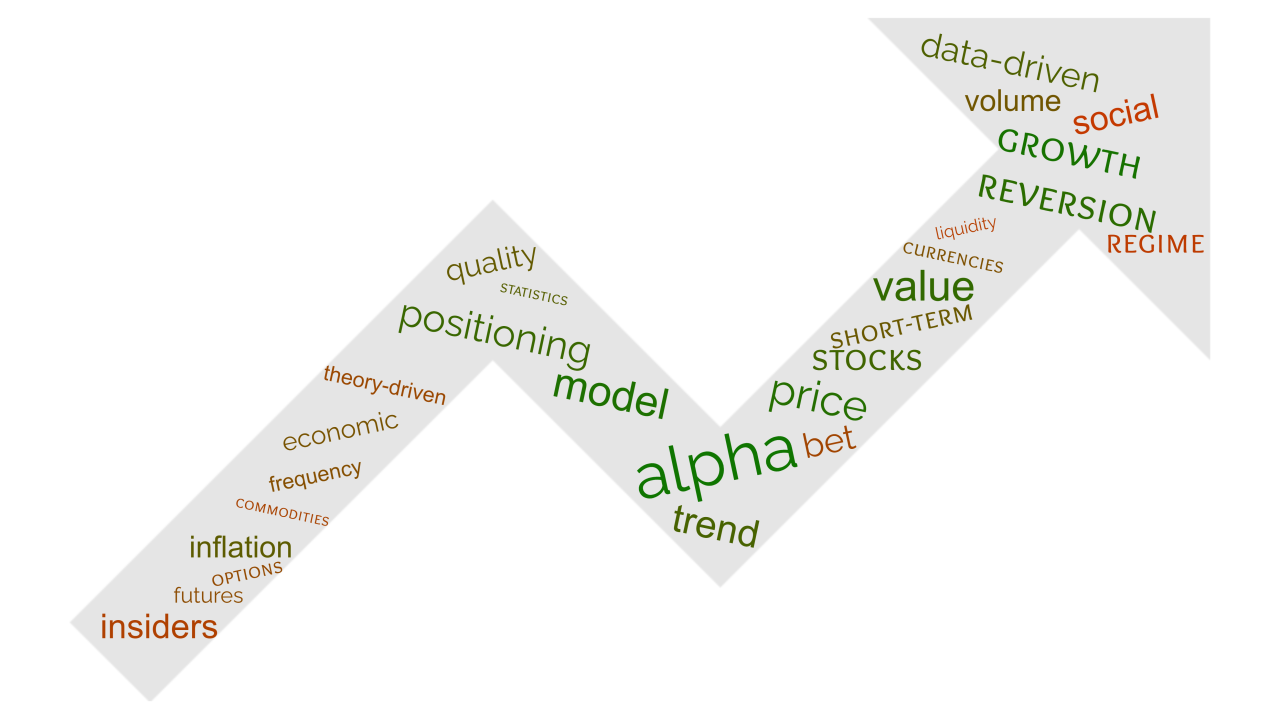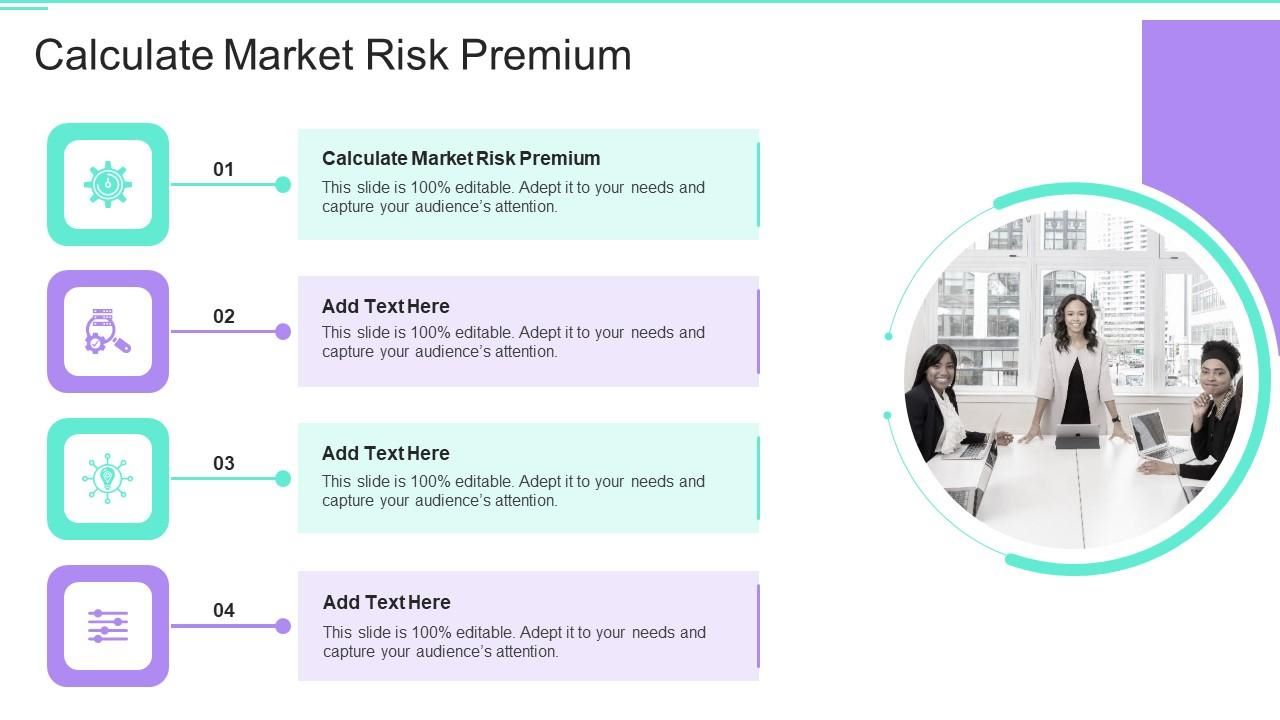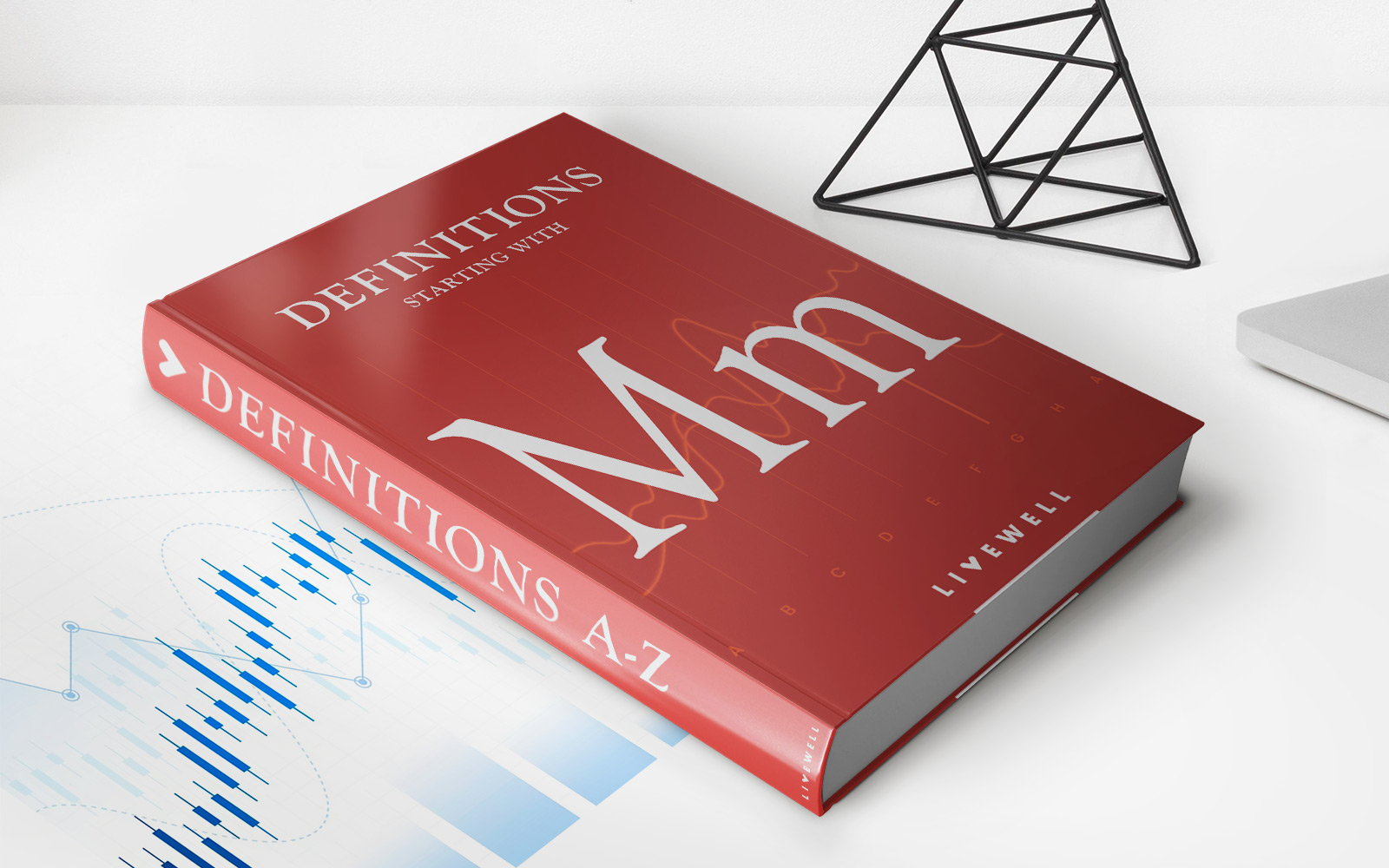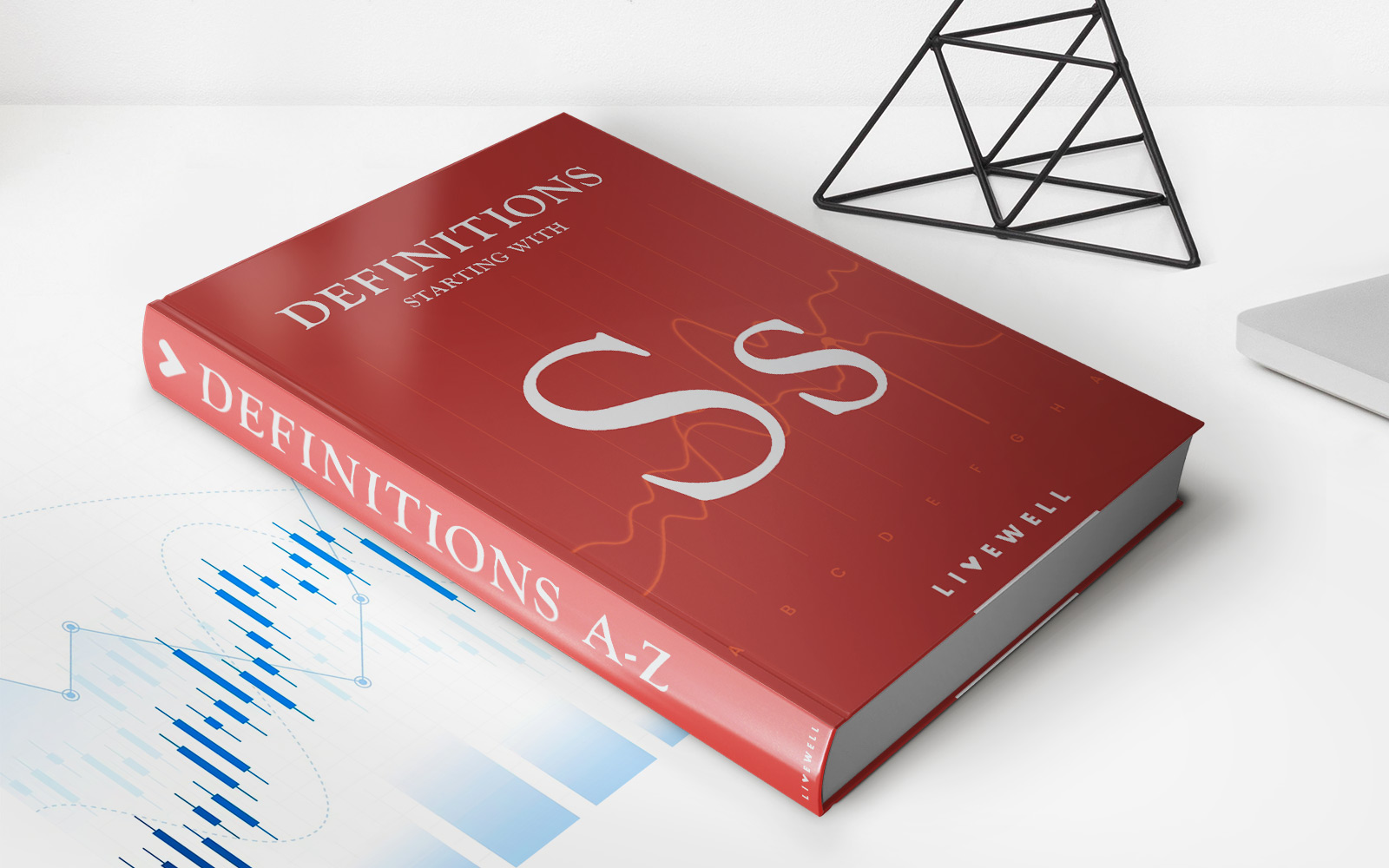

Finance
What Is The Market Risk Premium?
Modified: December 30, 2023
Discover the definition and importance of the market risk premium in finance. Understand how it influences investment decisions and risk assessment.
(Many of the links in this article redirect to a specific reviewed product. Your purchase of these products through affiliate links helps to generate commission for LiveWell, at no extra cost. Learn more)
Table of Contents
Introduction
Welcome to the world of finance, where risk and reward go hand in hand. One of the key concepts in understanding and managing investment risk is the market risk premium. Whether you’re an investor, a financial analyst, or simply someone interested in the world of finance, understanding the market risk premium is crucial for making informed decisions.
The market risk premium is a fundamental concept in finance that measures the additional return an investor expects to earn above a risk-free rate in exchange for bearing the risk of investing in the overall market. In simpler terms, it represents the extra compensation investors require for taking on the volatility and uncertainties of the stock market. It’s an essential metric for assessing the relative attractiveness of different investment opportunities.
The market risk premium is influenced by various factors, including economic conditions, investor sentiment, and market volatility. Understanding the calculation and use of the market risk premium can help investors assess the potential returns and risks associated with their investments.
In this article, we will delve deeper into the market risk premium and explore its definition, calculation methods, importance in investment decision-making, factors affecting it, and some of the criticisms and limitations associated with its use. By the end, you’ll have a clear understanding of what the market risk premium is and how it impacts investment strategies.
So, buckle up and get ready to uncover the secrets of the market risk premium!
Definition of Market Risk Premium
The market risk premium, also known as equity risk premium, is a concept that measures the excess return an investor expects to earn from investing in the overall stock market compared to a risk-free rate of return. It is a compensation for taking on the added risk associated with investing in stocks.
Essentially, the market risk premium represents the premium that investors demand for exposing their capital to market risks, such as volatility, uncertainty, and the potential for losses. It reflects the market’s consensus on the value of bearing systematic risk, which is the risk inherent in the overall market rather than specific to individual investments.
The concept of the market risk premium is rooted in the principle of risk and return. In general, investors expect higher returns for taking on higher levels of risk. Therefore, the market risk premium can be seen as a reflection of the compensation investors require for assuming the inherent market risks associated with investing in stocks.
The market risk premium is often expressed as a percentage or a spread over the risk-free rate, which is typically measured by the yield of government bonds. For example, if the risk-free rate is 2% and the expected market return is 8%, then the market risk premium would be 6% (8% – 2%). This means that investors expect to earn an additional 6% return for investing in the market above what they could earn by investing in risk-free assets.
It’s important to note that the market risk premium can vary over time and across different markets. It is influenced by various factors, including economic conditions, market sentiment, and investor expectations. Different investors and analysts may have different perspectives on the appropriate level of the market risk premium, leading to variations in calculations and estimations.
Overall, the market risk premium is a critical concept in finance that helps investors assess the potential returns and risks associated with investing in the stock market. It provides valuable insights into the compensation investors require for taking on market risks and plays a vital role in investment decision-making.
Calculation Methods for Market Risk Premium
The calculation of the market risk premium involves assessing the expected return on the overall market and subtracting the risk-free rate of return. There are several methods used to estimate or calculate the market risk premium, each with its own merits and considerations. Let’s explore some of the commonly used calculation methods:
- Historical Approach: This method involves analyzing historical data to estimate the market risk premium. It looks at the historical difference between the average returns of the stock market and the risk-free rate over a specific period. By examining past market performance, investors can get an idea of the average premium earned for taking on market risk. However, it’s important to note that historical data may not accurately reflect future market conditions.
- Survey Approach: This method involves surveying investors, financial professionals, and analysts to gather their expectations and perspectives on the market risk premium. The survey may ask respondents to provide their projections of future stock market returns and the risk-free rate. By aggregating these responses, an average or consensus market risk premium can be derived. The survey approach captures the subjective opinions and expectations of market participants but may be influenced by biases or individual perspectives.
- CAPM (Capital Asset Pricing Model): The Capital Asset Pricing Model is a widely used framework for calculating the market risk premium. It incorporates the systematic risk of a security or portfolio and relates it to the expected return. CAPM uses the beta coefficient, which measures the sensitivity of an asset’s returns to the overall market returns. The market risk premium is then calculated as the product of the beta and the expected market return minus the risk-free rate. CAPM provides a systematic and widely accepted approach to estimating the market risk premium.
- Implied Approach: The implied approach involves deriving the market risk premium from the current market prices of stocks and other investment instruments. It utilizes options pricing models and other derivatives to extract the implied volatility of the market. By comparing the implied volatility with the historical volatility, analysts can estimate the current market risk premium. This method is forward-looking and takes into account the real-time expectations and perceptions of market participants.
It’s important to note that each calculation method has its strengths and weaknesses. Historical approaches rely on past data, which may not accurately predict future market conditions. Survey approaches capture subjective opinions and expectations but are influenced by biases. CAPM provides a systematic framework but relies on assumptions that may not hold in all market scenarios. The implied approach is forward-looking but may be subject to market distortions or mispricings.
Ultimately, the choice of calculation method depends on the investor’s preferences, the availability of data, and the level of precision required. It is common for analysts and investors to consider multiple methods and compare the results to gain a broader perspective on the market risk premium.
Importance and Use of Market Risk Premium
The market risk premium plays a vital role in investment decision-making and has wide-ranging importance in the world of finance. It serves as a crucial metric for investors, financial analysts, and policymakers in assessing the attractiveness and risks associated with investing in the stock market. Let’s explore some of the key importance and uses of the market risk premium:
- Investment Decision-Making: The market risk premium helps investors evaluate the potential returns and risks of investing in the stock market. By comparing the expected market return to the risk-free rate, investors can gauge the compensation they require for taking on market risk. This information assists in asset allocation decisions, portfolio diversification, and the overall assessment of investment opportunities.
- Cost of Capital: The market risk premium is utilized in determining the cost of capital for corporations. It is an essential component of various valuation models, such as the discounted cash flow (DCF) analysis. By incorporating the market risk premium, companies can estimate the required return on their investments and assess the viability and profitability of projects.
- Valuation and Pricing: The market risk premium is incorporated into various valuation techniques, such as the capital asset pricing model (CAPM), to determine the fair value of securities. It helps in pricing options, derivatives, and other financial instruments that are influenced by market volatility. Investors and traders rely on the market risk premium to make informed decisions on buying or selling assets.
- Comparison of Investments: The market risk premium allows for the comparison of different investment opportunities. By evaluating the risk-return tradeoff offered by various assets, investors can determine which investments are more attractive in relation to their required rate of return. It enables the assessment of investment options across different asset classes and markets.
- Economic Analysis and Policy-making: The market risk premium provides insights into the overall health and sentiment of the stock market. Policymakers, central banks, and financial institutions consider the market risk premium when formulating monetary policy, assessing market stability, and evaluating the impact of economic factors on investment decisions. It helps in understanding market dynamics and guiding financial regulations.
- Long-Term Financial Planning: The market risk premium is an essential input in long-term financial planning and retirement calculations. It helps individuals and financial advisors estimate the returns required to meet specific financial goals and the risks involved in achieving those goals. By considering the market risk premium, investors can make informed decisions about saving, investing, and managing their finances.
Overall, the market risk premium is a crucial metric that aids in investment decision-making, valuation, risk assessment, and economic analysis. It provides valuable insights into the compensation investors require for bearing market risk and helps in determining the viability and attractiveness of investment opportunities.
Factors Affecting Market Risk Premium
The market risk premium is influenced by a variety of factors that can impact investor expectations, market conditions, and the perception of risk and return. Understanding these factors is crucial for accurately assessing and predicting changes in the market risk premium. Let’s explore some of the key factors that affect the market risk premium:
- Economic Conditions: The overall state of the economy plays a significant role in determining the market risk premium. During periods of economic prosperity and growth, investors may demand a lower risk premium due to expectations of higher stock market returns. Conversely, during economic downturns or recessionary periods, investors may seek higher compensation for taking on the added risks associated with investing in the market.
- Investor Sentiment: Investor sentiment, often driven by emotions and perception, can influence the market risk premium. If investors are optimistic about the market’s future prospects, they may require a lower risk premium. In contrast, if investors are pessimistic or have a negative outlook on market conditions, they may demand a higher risk premium to compensate for the perceived higher level of risk.
- Interest Rates: Changes in interest rates, particularly the risk-free rate, can have a significant impact on the market risk premium. When interest rates are low, investors may be willing to accept lower risk premiums, as the return on risk-free assets is diminished. Conversely, when interest rates rise, investors may demand a higher risk premium to compensate for the enhanced opportunity cost of investing in the market relative to risk-free assets.
- Volatility and Uncertainty: Market volatility and uncertainty can influence the market risk premium. When there is high volatility in the stock market, investors may perceive increased risks and demand a higher risk premium. Uncertainty about economic conditions, political events, or other factors may also lead to an increase in the market risk premium as investors seek higher compensation for the heightened level of uncertainty.
- Corporate Earnings: The overall profitability and earnings expectations of companies can impact the market risk premium. When corporate earnings are strong and expected to increase, investors may be more willing to accept lower risk premiums, as there is potential for higher returns. Conversely, if corporate earnings are weak or faced with uncertainties, investors may demand a higher risk premium due to the perceived lower profitability and increased risk.
- Market Liquidity: The level of liquidity in the market can impact the market risk premium. Higher liquidity generally implies easier and quicker buying and selling of assets, reducing the perceived risk of investing in the market. Conversely, lower market liquidity can lead to increased risk perceptions, potentially resulting in a higher market risk premium.
It’s important to note that these factors do not act independently but can interplay and influence each other. Changes in one factor may have cascading effects on other factors, shaping investor expectations and altering the market risk premium. Investors and analysts should continually monitor and assess these factors to make informed decisions about market risks and potential investment returns.
Criticisms and Limitations of Market Risk Premium
While the market risk premium is widely used and considered an important metric in finance, it is not without its criticisms and limitations. Understanding these criticisms is essential to ensure a comprehensive evaluation of the market risk premium. Let’s explore some of the key criticisms and limitations associated with the market risk premium:
- Assumptions of the CAPM: The market risk premium is a key input in the Capital Asset Pricing Model (CAPM), which relies on several assumptions. The CAPM assumes that investors are rational and risk-averse, markets are efficient, and the relationship between an asset’s risk and its expected return is linear. Critics argue that these assumptions may not reflect real-world market conditions and can lead to inaccurate estimations of the market risk premium.
- Reliance on Historical Data: Many calculation methods for the market risk premium rely on historical data. Critics argue that using past performance to predict future returns may not accurately capture changes in market conditions and risk profiles. Historical data may not account for unforeseen events and structural changes in the market, such as regulatory reforms or technological advancements.
- Subjectivity and Bias: Estimating the market risk premium often involves subjective judgments and opinions. Surveys and expert opinions used to determine the market risk premium can be influenced by biases and individual perspectives. This subjectivity can lead to variations in the calculated market risk premium and its interpretation.
- Misalignment with Market Expectations: The market risk premium is based on the consensus of market participants’ expectations. However, it may not always align with individual investors’ expectations or market realities. Different investors may have different risk preferences and return expectations, leading to discrepancies between the perceived and calculated market risk premium.
- Changing Market Dynamics: Market conditions and dynamics can change rapidly. The market risk premium may fluctuate as economic and geopolitical factors evolve, making it challenging to rely on a static estimate. Continuous monitoring and reassessment of the market risk premium are necessary to capture changes in investor sentiment and market conditions.
- Regional and Sector Specificity: The market risk premium can vary across different regions and sectors. It may not accurately represent the risks and returns associated with specific industries or markets, resulting in a need for customization or additional analysis when assessing investments within a specific sector or geographic area.
Despite these criticisms and limitations, the market risk premium remains a widely used concept in finance. It provides a framework for understanding the potential returns and risks associated with investing in the stock market. However, it is crucial to apply critical thinking and consider these limitations when interpreting and using the market risk premium in investment decision-making.
Conclusion
The market risk premium is a fundamental concept in finance that measures the additional return investors expect to earn for taking on the risks of investing in the stock market. It serves as a crucial metric for assessing investment attractiveness, determining the cost of capital, and understanding the risk-return tradeoff in the financial markets.
Throughout this article, we have explored the definition, calculation methods, importance, factors affecting, and criticisms of the market risk premium. It is clear that the market risk premium is influenced by various factors, including economic conditions, investor sentiment, interest rates, and market volatility. These factors can shape investor expectations and generate fluctuations in the market risk premium.
While the market risk premium is widely used and provides valuable insights, it is not without limitations. The reliance on historical data, subjectivity in estimation, and assumptions of certain models are among the key criticisms raised. These limitations highlight the need for careful analysis and consideration when utilizing the market risk premium in investment decision-making.
It is important for investors, financial analysts, and policymakers to stay vigilant and continuously evaluate the market risk premium in light of changing market dynamics. By doing so, they can make more informed investment decisions, assess the attractiveness of opportunities, and manage risks effectively.
In conclusion, the market risk premium is a vital concept that helps to quantify the compensation investors require for bearing market risks. It provides guidance in asset allocation, cost of capital estimations, valuation models, and long-term financial planning. While it is not a perfect indicator, understanding and incorporating the market risk premium into decision-making processes can contribute to more informed and effective outcomes in the fascinating world of finance.

